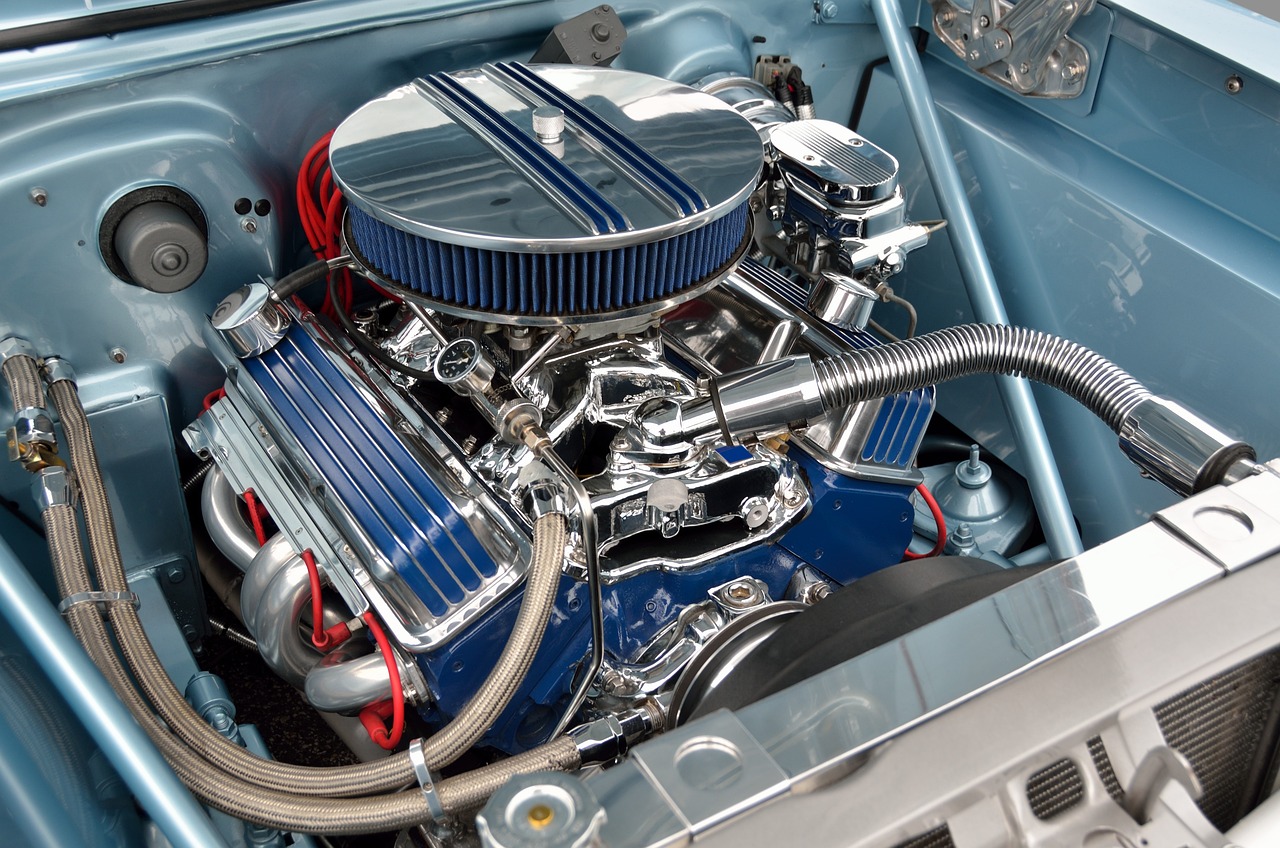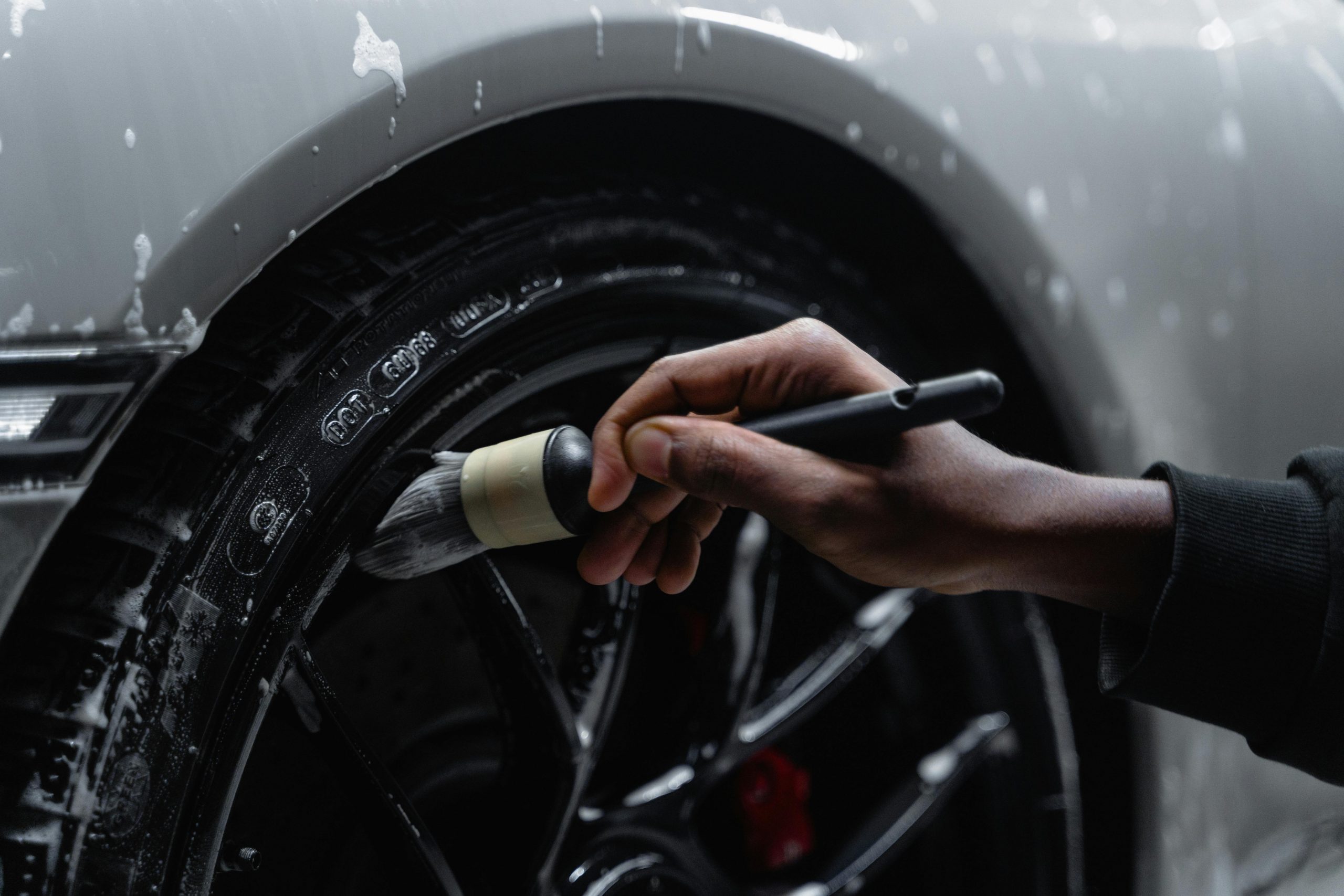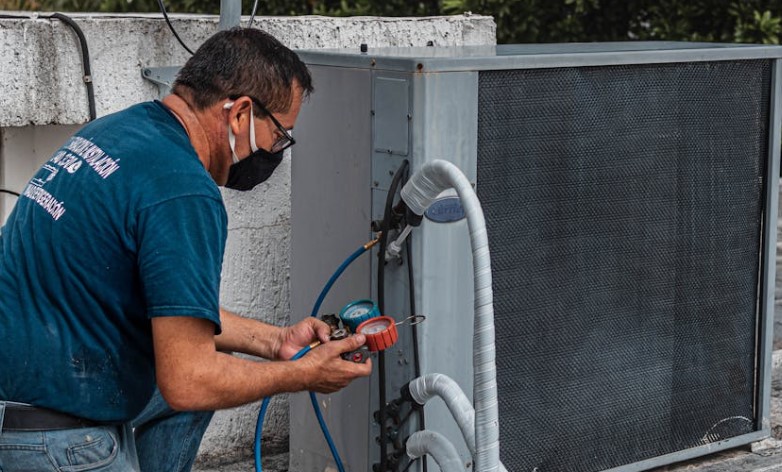- Strange noises like squealing brakes or rattling under the hood indicate potential issues.
- Warning lights like the check engine or oil pressure light should never be ignored.
- Fluid leaks, like oil or coolant leaks, can signify significant problems with your car.
- Decreased performance requires immediate attention, like poor fuel efficiency or sluggish acceleration.
- Visual signs of wear and tear, such as worn tires or a cracked windshield, demand prompt action.
Your car is more than just a means of transportation; it’s a reliable companion that gets you where you need to go. However, like any good friend, it occasionally needs a break and some tender loving care. Ignoring the signs of wear and tear can lead to costly repairs and potentially dangerous situations on the road. This article will explore five common signs that indicate your car needs a break and some attention from a professional mechanic.
1. Strange Noises
Strange noises from your car can be unsettling and indicate underlying issues needing immediate attention. Here are two common noises to watch out for:
Squealing Brakes
If a high-pitched sound can be heard when you hit the brakes, it could mean that your brake pads are worn out. Ignoring this noise could decrease the performance of the breaks and even lead to brake failure, putting everyone in the vehicle at risk.
Rattling Under the Hood

A rattling noise under the hood could indicate loose components or worn-out parts. It’s essential to have a mechanic inspect your car to identify the source of the rattling and address any potential issues before they escalate into more significant problems.
2. Warning Lights
Modern cars have various warning lights on the dashboard to alert drivers to potential issues. Here are two warning lights you should never ignore:
Check Engine Light
The check engine light can indicate a wide range of issues, from something as simple as a loose gas cap to more complex problems with the engine or emission control system. Ignoring this warning light could reduce fuel efficiency, engine damage, or even a breakdown.
Oil Pressure Warning Light
If the oil pressure warning light illuminates while you’re driving, it could mean that your car is low on oil or has a problem with the oil pressure system. Driving with low oil pressure can cause severe engine damage, so it’s crucial to immediately pull over safely and check your oil level.
3. Fluid Leaks
Fluid leaks under your car can indicate various issues, from minor leaks to more significant problems with essential systems. Here are two common fluid leaks to be aware of:
Oil Leaks
Dark brown or black puddles under your car often characterize oil leaks. Driving with an oil leak can lead to engine damage and decreased performance. If you notice an oil leak, it must be repaired promptly to prevent further damage to your engine.
Coolant Leaks
Coolant leaks are typically identified by bright green or orange puddles under your car. Driving with a coolant leak can cause your engine to overheat, leading to significant damage and potentially leaving you stranded on the side of the road. If you suspect a coolant leak, it’s crucial to have it addressed immediately.
4. Decreased Performance
If your car isn’t performing as well as it used to, it could be a sign that it needs some maintenance. Here are two indicators of decreased performance to watch out for:
Poor Fuel Efficiency
A sudden drop in fuel efficiency could indicate issues with your engine, such as clogged fuel injectors or a malfunctioning oxygen sensor. Not only does poor fuel efficiency cost you more money at the pump, but it can also be a sign of more significant problems that need to be addressed by a professional mechanic.
Sluggish Acceleration
If your car feels sluggish or unresponsive when you press the accelerator, it could be due to fuel system, transmission, or engine issues. Ignoring this symptom could lead to further damage and expensive repairs down the road, so it must be diagnosed and repaired promptly.
5. Visual Signs of Wear and Tear

Sometimes, all it takes is a visual inspection to identify signs that your car needs attention. Here are two visual signs of wear and tear to keep an eye out for:
Worn Tires
Inspecting your tires regularly can help you identify signs of wear, such as uneven tread wear or low tread depth. Driving on worn tires can reduce traction and increase the risk of accidents, especially in wet or slippery conditions. If you notice any signs of wear on your tires, they must be replaced as soon as possible.
Cracked Windshield
A cracked windshield not only obstructs your view of the road but also compromises the structural integrity of your car. Even a small crack can spread quickly and lead to more significant damage. Ignoring a cracked windshield can also result in a failed safety inspection or a citation from law enforcement. If you notice a crack in your windshield, it’s essential to have it repaired or replaced promptly by an auto glass expert.
Your car works hard to keep you safe and get you where you need to go, but it also needs some care and attention from time to time. By paying attention to the signs mentioned in this article, you can catch potential issues early and prevent costly repairs down the road. Remember, it’s always better to be proactive than reactive when it comes to vehicle maintenance. So, if you notice any of these signs, don’t hesitate to schedule a check-up with your trusted mechanic. Your car will thank you for it in the long run.





